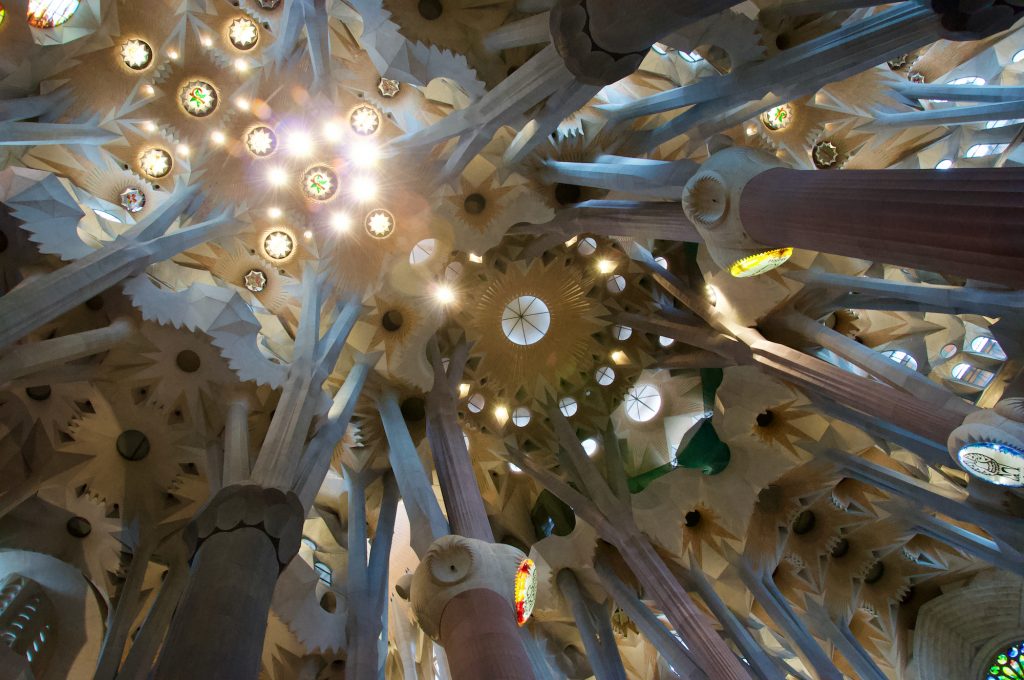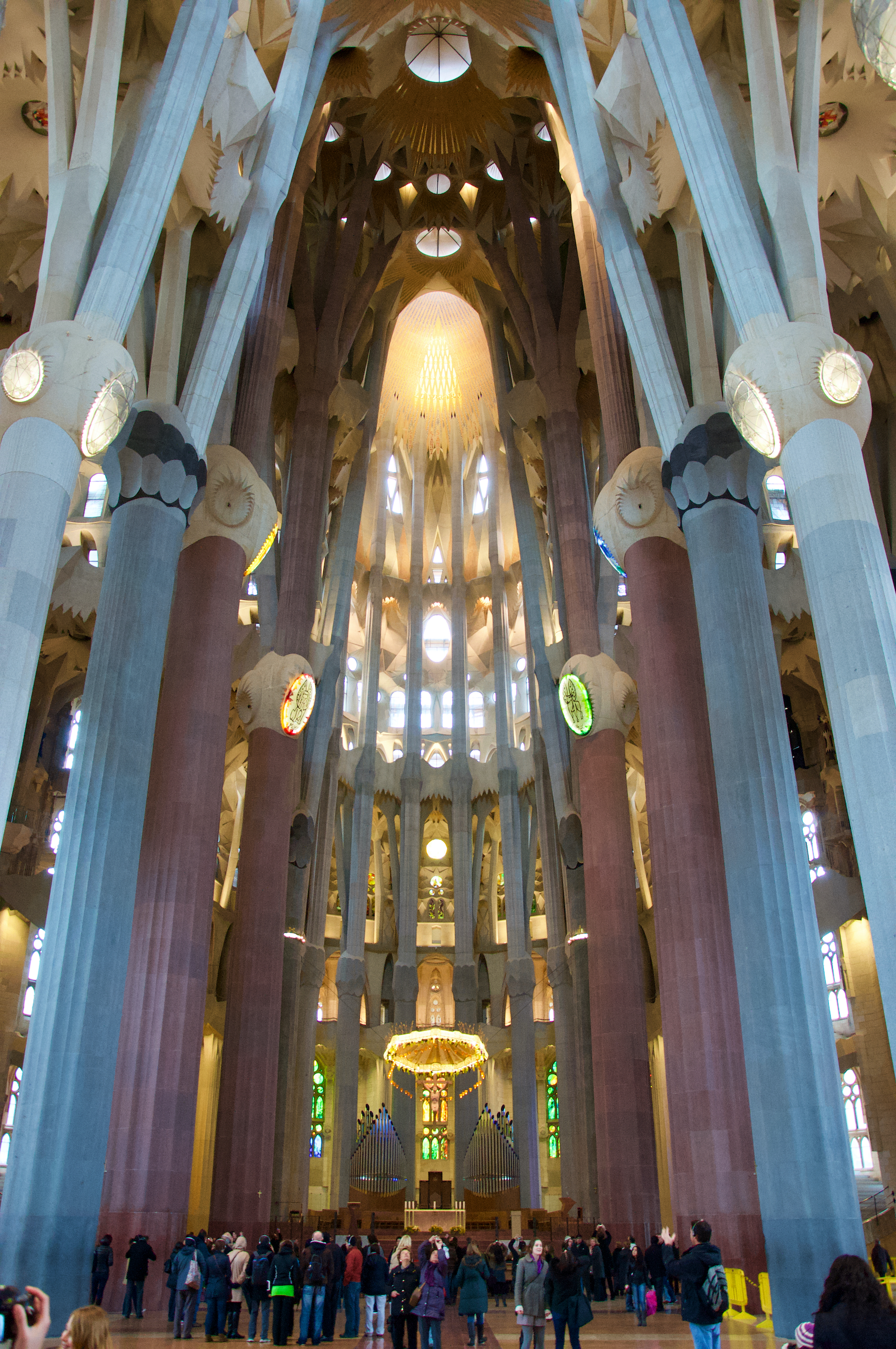Jamie Henderson – Architect
Buildings offer the ultimate feat of endurance, they embody the virtues of a certain time & place.
Making your mark in the world has been an alluring premise for humans, ever since we ceased our nomadic culture, constantly moving from place to place at the beginning of the Neolithic (literally meaning New Stone Age) period, as the Ice Age ended around 10,000 BCE.
For better or for worse, as technology has progressed, we have generally become less concerned with the practicalities of staying safe and warm, and more concerned with what will be left of us; our stories, virtues, and impact on the world when all is said and done.
This is one of the main reasons that I love world architecture — buildings throughout the world run the gamut from your typical primitive hut — reading the landscape intimately, and focused on warmth and security — all the way up to grand gestures of wealth, religious piety, and even artistic experimentation. It is this variety, along with the day-to-day reliance on, and interaction with, the built environment that makes architecture so alluring to designers. In this post, I have highlighted just one gem that inspires me, in its lofty ambitions and striking endurance.
The Sagrada Família
Barcelona’s 144-year construction project, still going since 1882.

A lot of people know of this famous basilica in Barcelona, but do not know just how amazing a project it is, or that it is still yet to be completed. Now part of a UNESCO world heritage site – the Catholic building was designed by architect Antoni Gaudi, originally under the apprenticeship of architect Francisco de Paula del Villar in 1882. Villar resigned in 1883 and Gaudi took over. When Gaudi died in 1926, less than 25% of the project was complete.
The continued construction has relied solely on private donations, and progressed slowly. It was even interrupted by the Spanish Civil War, and in 1936 revolutionaries set fire to the crypt and broke their way into the workshop, partially destroying Gaudí’s original plans, drawings and plaster models, which led to 16 years of work to piece together the fragments of the master model.
Advancements in technologies such as CAD (computer aided design) and CNC (computerised numerical control) have since enabled faster progress and construction passed the midpoint in 2010. However, some of the project’s greatest challenges remain, it is anticipated that the building can be completed by 2026, the centenary of Gaudí’s death.
It is amazing that technology — never even dreamt of in Gaudi’s lifetime — is finally helping to complete this fantastic piece of architecture. As seen in these photos, whilst the exterior is amazing, the cavernous nave’s 60 metre tall interior is absolutely awe-inspiring, with branching, tree-like stone columns and geometric forms reaching up to the ceiling, like a bizarre, organic, petrified forest. It is well worth a visit, and one of the many reasons I love architecture all over the world.

written by Jamie Henderson (Twitter: @archiflux)
BA (Hons) DipArch ARB RIBA
Jamie is a RIBA Chartered Architect, passionate about sustainable tech and BIM.

